Do Microcurrent Devices Work ?
Looking for a way to lift, tone, and refresh your skin without needles, surgery, or downtime? Microcurrent devices have become one of the most talked-about tools in modern skincare, loved by celebrities, beauty professionals, and at-home users alike. These devices use ultra-low electrical currents to stimulate your skin and facial muscles, working in harmony with your body’s natural processes. The result? Subtle yet visible improvements in firmness, contour, and radiance that build over time.
In this guide, we’ll explore exactly how microcurrent devices work, the results you can expect, important safety considerations, and expert insights to help you decide if they’re the right addition to your skincare routine.
What is a Microcurrent Device?
If you’ve ever wondered how celebrities maintain that subtle lift and youthful glow without surgery, you’ve probably come across microcurrent devices. These handheld or professional-grade tools work by delivering ultra-low electrical currents—so gentle they’re measured in microamperes (μA)—to the skin and the delicate muscles beneath it. While the technology first emerged in physical therapy to aid muscle recovery, it’s now a staple in advanced skincare treatments for its ability to tone, refresh, and revitalize the face without needles or downtime. You’ll find them in aesthetic clinics, high-end spas, and increasingly, as part of personal beauty routines at home.
Rather than forcing dramatic changes, microcurrent technology works with your body’s own natural signals. It encourages your skin cells to function more efficiently, stimulates better circulation, and helps trigger the creation of collagen and elastin—the proteins that keep skin supple and resilient. Over time, you may notice a firmer jawline, improved skin texture, and a healthier overall radiance. For many, the real appeal lies in its combination of comfort, safety, and visible results that build gradually, making it a reliable choice for ongoing skin maintenance.
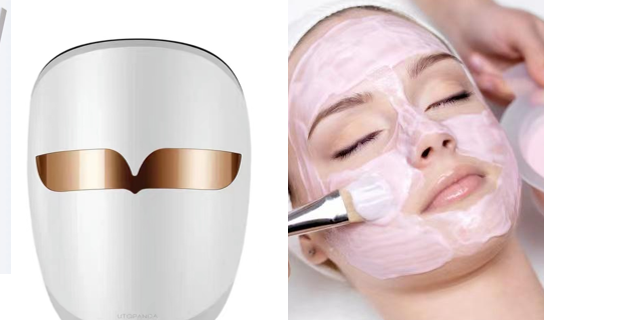
How Microcurrent Facial Devices Work
Stimulate Facial Muscles
When you use a microcurrent facial device, you’re essentially giving your facial muscles a gentle, precision-guided workout. The device sends subtle, bio-inspired electrical pulses through your skin, targeting the tiny muscles that help define your expressions and contours. Over time, these signals “remind” the muscles how to hold a firmer, lifted position, which can help soften signs of sagging. Unlike a traditional massage, where the benefit comes mainly from external kneading and pressure, microcurrent interacts directly with the muscle fibers. This means you’re not just relaxing the tissue—you’re actively encouraging it to work in a way that supports a more sculpted, youthful look.
Boost Cellular Energy
Perhaps the most intriguing part of microcurrent therapy is what happens at the cellular level. Every cell in your skin needs energy to repair, renew, and produce structural proteins. Microcurrent facial device can supercharge this process by increasing your cells’ ATP—essentially their fuel supply—allowing them to work at a higher capacity. With more energy to draw from, your skin can step up its collagen and elastin production, which helps it feel firmer, look smoother, and better resist the pull of time. You may not notice all of these changes overnight, but with steady use, the difference in tone and texture can be surprisingly visible.
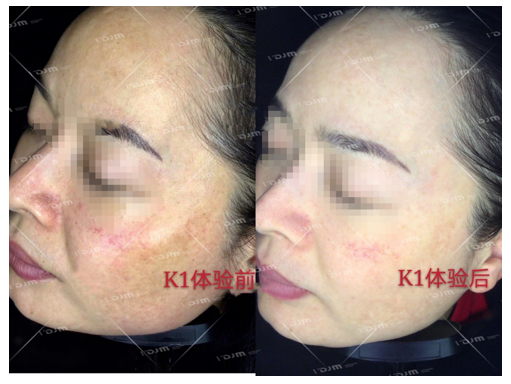
Improve Circulation
There’s also a quieter, behind-the-scenes benefit: better circulation and lymphatic flow. Microcurrent facial device encourages a healthier delivery of oxygen and nutrients to your skin cells, while also helping to move out excess fluid and metabolic waste. You might notice this as a fresher, less puffy appearance after each session. Over the long term, this improved skin “housekeeping” supports a clearer, more even tone and that subtle glow you can’t fake with makeup. It’s not just about aesthetics—healthy circulation is a foundation for skin that stays resilient and vibrant.
What Results to Expect from Microcurrent Devices
Microcurrent Facial Devices for Temporary Lifting & De-puffing
For many first-time users, the most noticeable change after a microcurrent session is a gentle lift that makes the face look more awake—cheekbones seem a little more pronounced, and under-eye puffiness softens. This effect isn’t an illusion; it’s your facial muscles responding to subtle electrical cues that help them hold a slightly more toned position. The improved circulation that follows can also give your skin a fresher, livelier look, as though you’ve had a restorative night’s sleep. If you’re heading into an important day—whether it’s a meeting, a date, or a big event—a short treatment beforehand can help you step in with a bit more confidence, without relying solely on makeup to do the job.
Microcurrent Devices for Firming and Plumping
Over time, gradual changes in muscle tone and collagen levels can make the face look less defined. Regular use of a microcurrent device works to counteract this, encouraging your muscles to “remember” a more lifted posture while also prompting your skin to rebuild collagen. The result can be a face that feels stronger beneath the surface and looks subtly fuller where volume has been lost. After several weeks, you might see a sharper jawline, smoother contours, and finer lines that are less apparent—not because your face has been altered, but because its underlying structure is better supported.
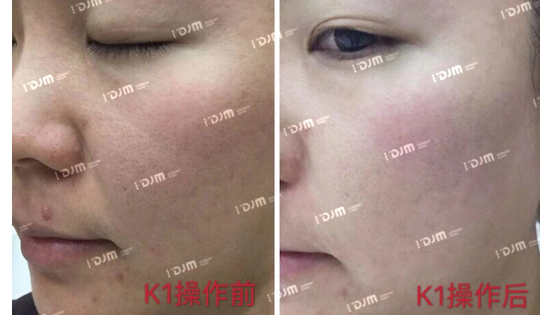
Microcurrent Facial Devices for Skin Tone and Radiance
While lifting is often the headline benefit, microcurrent therapy also has a quieter role in creating healthier-looking skin. By improving blood flow and supporting lymphatic drainage, these treatments give skin cells better access to oxygen and nutrients, while helping remove excess fluid and waste. This can lead to a complexion that’s clearer, more even in tone, and naturally more luminous—without looking artificially brightened. If your skin tends to look dull or fatigued, this boost in cellular “housekeeping” can help restore a fresher, more balanced appearance over time.
Microcurrent Devices as a Maintenance Tool
If you’ve spent time and money on professional skin treatments, microcurrent can act as a bridge between appointments, helping to lock in the results for longer. Using it at home keeps your facial muscles from slipping back into old patterns, reduces the reappearance of puffiness, and maintains that post-treatment definition you get at the clinic. It’s a bit like doing regular stretches after a workout—small, consistent efforts that keep the progress you’ve made from fading. In the long run, this routine can help your results stay more consistent, so you’re always building on your last treatment rather than starting over.
Important Considerations Before You Start with Facial Microcurrent Devices
Consistency is Key with Microcurrent Devices
Think of your microcurrent facial device routine the way you would a personal fitness plan—one session won’t change much, but steady commitment will. In the early weeks, aim for frequent sessions, ideally four or five times a week, to help your facial muscles and skin adapt to the new stimulation. Once you start seeing changes, you can shift to a lighter schedule for upkeep. If you struggle to remember, pair your sessions with an existing habit—like doing it right after cleansing in the evening—so it becomes part of your normal rhythm without feeling like another chore.
Set Realistic Expectations for Microcurrent Results
Microcurrent works best for gradual, natural enhancements. It’s not designed to deliver the kind of instant, dramatic change you might see from surgery or injectables. Instead, it supports the skin’s own ability to stay firm, smooth, and well-toned over time. If you approach it as a long-term investment in your skin health, you’ll appreciate the subtle lift, softened lines, and more balanced tone that develop with continued use. Think of it as maintaining and refining what you already have, rather than replacing it.
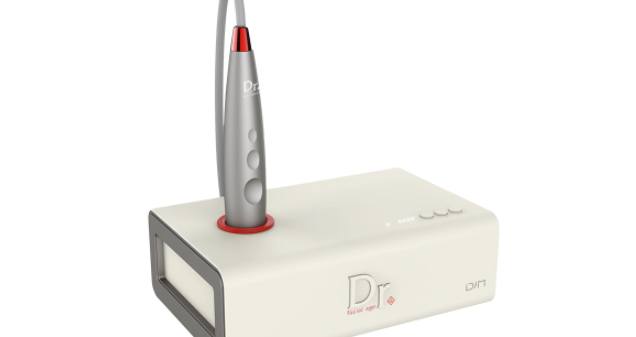
Use Proper Technique for Optimal Benefits
Getting good results isn’t just about using the device—it’s about using it correctly. A conductive gel or cream is essential to allow the current to travel effectively from the device to your muscles. Without it, you’re essentially cutting off the treatment’s benefits. Apply the gel evenly on clean skin, avoiding heavy oils or products that could block conductivity. Move the device slowly along your facial contours, keeping steady contact and light pressure. Taking your time not only feels more comfortable but also ensures the current is doing its job in every targeted area.
What Are the Negative Effects of Microcurrent Devices?
For most users, microcurrent devices are comfortable and easy to tolerate, but they’re not entirely without side effects. You might notice a faint tingling during the session, a slight flush to the skin right afterward, or a mild, temporary fatigue in the treated muscles. These sensations typically fade within minutes to hours and are part of the skin’s natural response.
That said, microcurrent facial device isn’t the right fit for everyone. If you’re pregnant, have a pacemaker, live with serious heart conditions, or have a history of epilepsy, it’s best to steer clear unless you’ve had explicit medical approval.
Even for those who can use it safely, overdoing it can work against you. Sessions that are too frequent or too long may strain the muscles and leave your skin feeling sensitive. The most reliable way to avoid this is to follow the device’s usage guidelines and pay attention to your skin’s feedback—less can sometimes be more when it comes to building sustainable results.
What Do Dermatologists Think of Facial Microcurrent Devices?
Dermatologists tend to regard facial microcurrent devices as a low-risk, supportive tool for skin health—provided they’re used with consistency and proper technique. They also note that outcomes are highly individual, shaped by factors like age, skin type, and overall lifestyle.
From a professional standpoint, microcurrent’s ability to boost circulation, gently tone facial muscles, and encourage collagen activity makes it a helpful way to keep the skin in good working order. Many experts see it as a smart in-between step for those who want to maintain results from facials, radiofrequency treatments, or other non-invasive procedures.
Still, they stress that microcurrent facial device isn’t a magic fix or a replacement for medical-grade treatments in cases where deeper correction is needed. Instead, it works best as part of a balanced skincare approach—one where different treatments, habits, and products come together to support the skin’s health and appearance over time.
Conclusion
Microcurrent devices aren’t about instant transformations—they’re about steady, cumulative improvements that help your skin look and feel its best over time. By stimulating muscles, energizing cells, and improving circulation, they offer a non-invasive way to maintain a lifted, radiant appearance from the comfort of your own home.
Table of Contents
Related information
How can we help you?
Have specific questions or requests? Fill out our inquiry form, and our dedicated team will get back to you promptly. Your inquiries are important to us, and we are committed to providing comprehensive and personalized responses tailored to your needs.


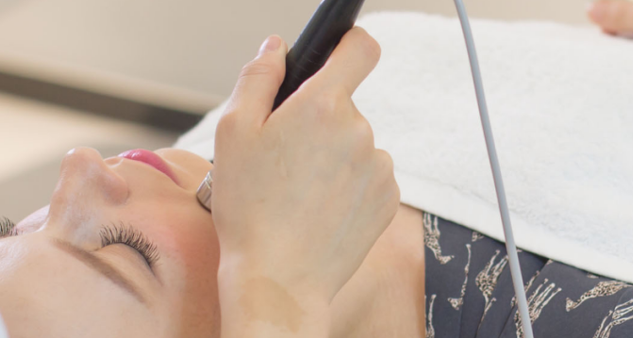

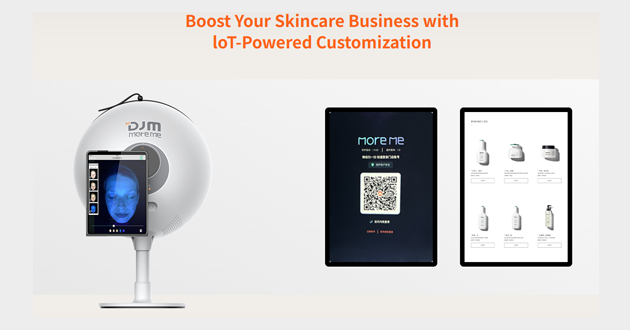
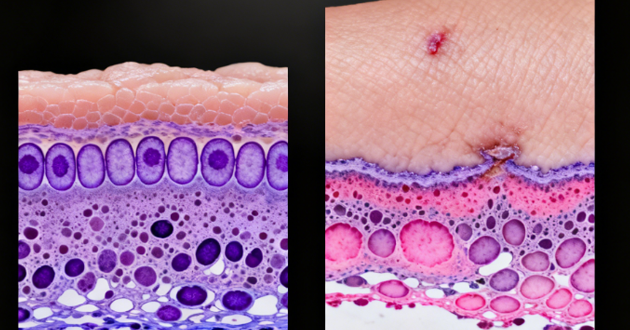
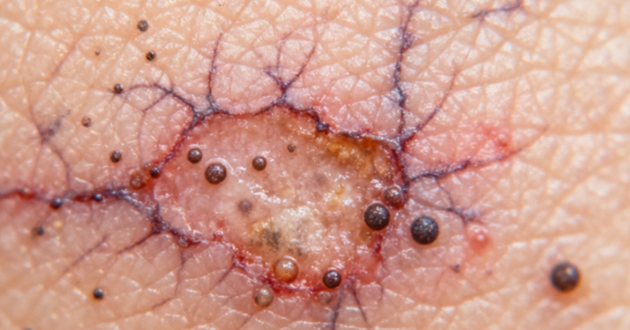
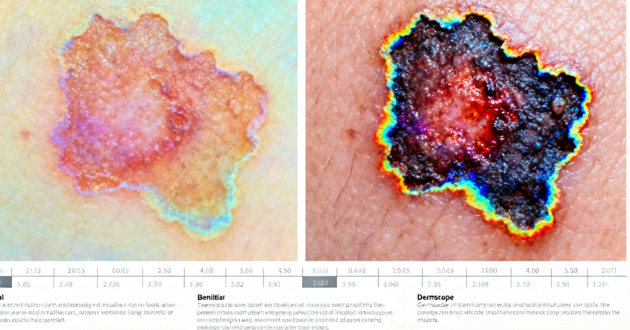
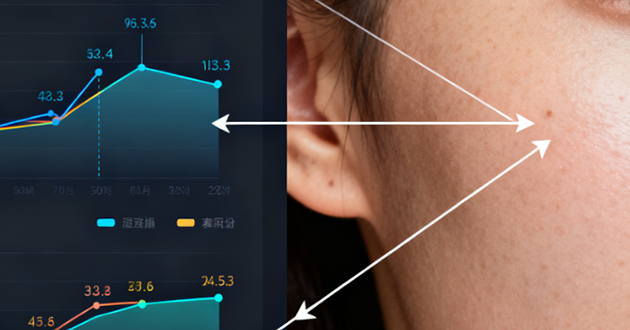
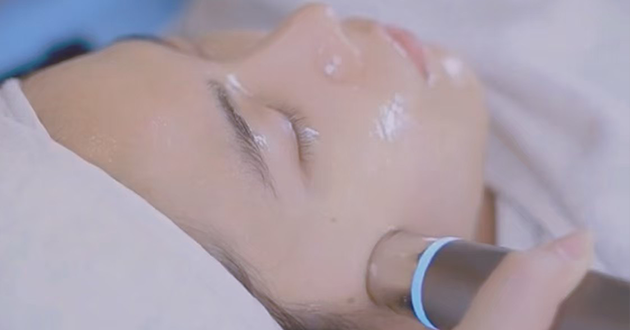



 Reach out to us today!Whether you are preparing to start your own
business in the beauty industry, are ready to upgrade your
equipment, or are just interested in our products,Contact us
today, and let’s explore how we can partner to achieve your goals
and drive your success to new heights!
Reach out to us today!Whether you are preparing to start your own
business in the beauty industry, are ready to upgrade your
equipment, or are just interested in our products,Contact us
today, and let’s explore how we can partner to achieve your goals
and drive your success to new heights!
